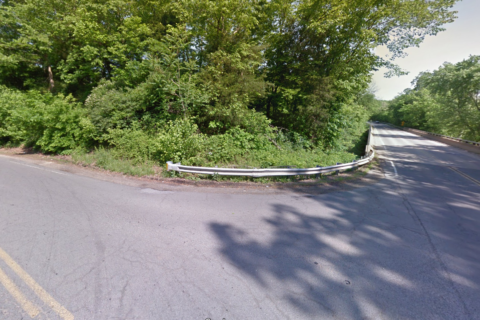A new program that will help Northern Virginia fire and rescue crews save more lives is the only one of its kind east of the Mississippi.
It provides supplies and training to first responders so they can give critical blood transfusions to patients who are trapped and can’t be immediately moved.
The Field Available Component Transfusion Response — or FACT*R program — was created after a September 2017 crash in Loudoun County.
A converted food truck hit a car with five family members inside, killing one of them.
Knowing that the survivors needed blood but that it would take three hours to free them from the wreckage, EMS crews called on two area hospitals to deliver additional blood right to the accident scene. The other four people in the car were critically hurt, but recovered.
After that crash, the Loudoun and Fairfax County fire and rescue departments, Inova Trauma Center, Inova Blood Donor Services and the Northern Virginia EMS Council teamed up to craft new policies and procedures.
Now, first responders can make a phone call, and a bundle of blood products known as a massive transfusion protocol can be delivered to an accident scene by the fastest method available at the time. That may be a helicopter, an ambulance or even a police car.
“In situations such as the Evergreen Mills Road accident, where patients face extended extrication time, paramedics now have a policy and process in place to administer lifesaving blood products directly on the scene,” said Keith Johnson, chief of the Loudoun County Combined Fire and Rescue System.
“Although born from tragedy, the FACT*R program is a resource that will save many lives.”
The program is available to first responders in the Fairfax and Loudoun County fire and rescue departments, but other departments are being invited to take part.
“FACT*R is a regional accomplishment available to all fire and rescue services in Northern Virginia,” said Craig Evans, executive director of the Northern Virginia EMS Council.
“It will serve as a model for blood distribution and accountability. What this program demonstrates is the importance of collaboration across the continuum of healthcare. A patient’s hospital visit truly begins not with registration, but when EMS arrives on scene.”
Donations from the Frederick D. and Karen G. Schaufeld Family Foundation and the Telos Corporation are helping pay for the program’s launch.
Two cities in Texas are the only other places in the U.S. where something comparable to the FACT*R program is being done.








